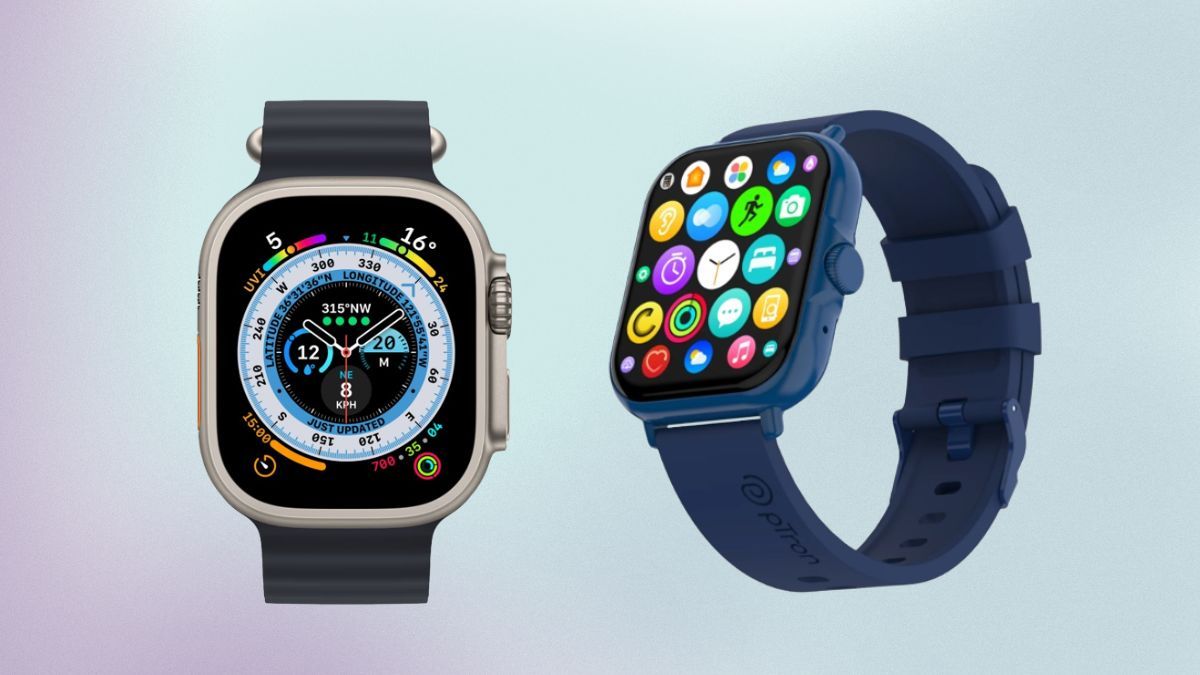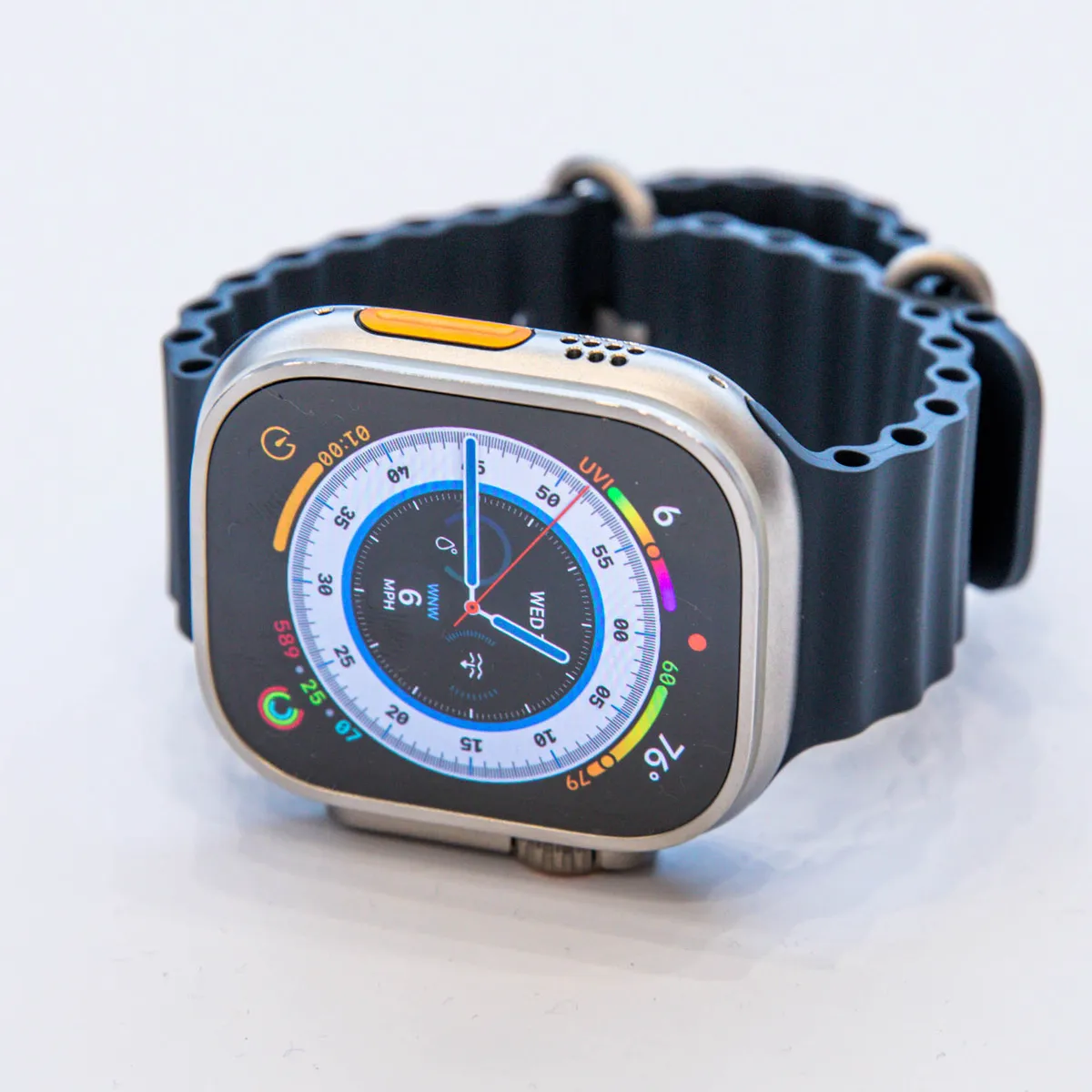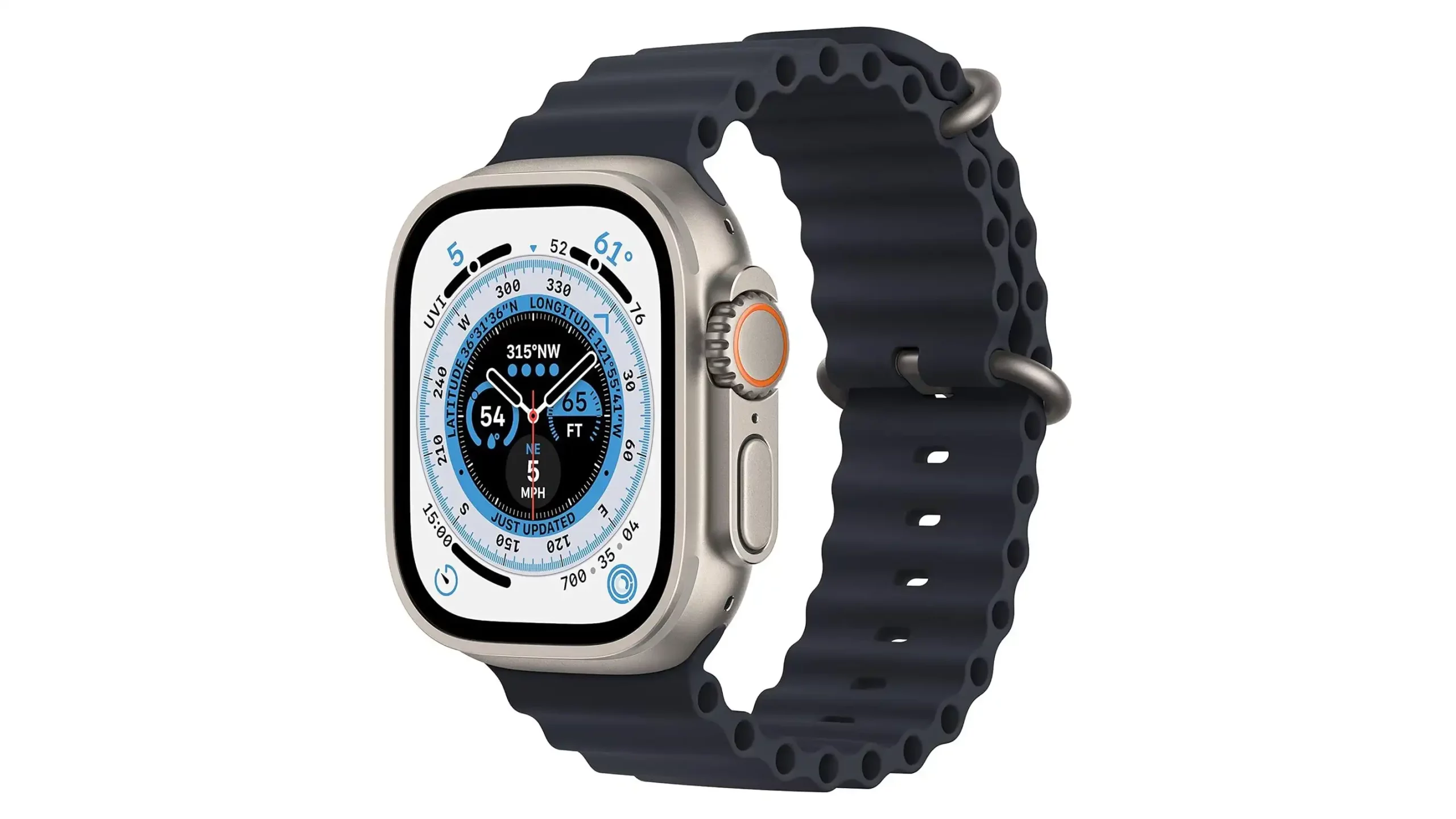Introduction
With a larger battery, a robust new design, and enhanced outdoor features tailored for runners, hikers, divers, and climbers, the Apple Watch Ultra is the first Apple smartwatch built with serious adventurers in mind. While previous Apple Watches may have ventured into Garmin’s territory, the Ultra dives straight in, fully equipped for the challenge.

But can it truly compete with the best outdoor GPS watches? And now that Apple has released the Watch Ultra 2, is it worth saving a bit more money and opting for the newer model instead? Stuff has thoroughly tested the Apple Watch Ultra to find out.
How We Test Wearables
Every smartwatch and fitness tracker reviewed at Stuff is worn 24/7 during the testing process. We apply years of experience to assess general performance, battery life, display quality, and health tracking capabilities. Manufacturers have no access to reviews before they go live, and we never accept payment to feature products.
Competitors and Value
At its launch, the Apple Watch Ultra was priced at $799 USD, setting a new benchmark for Apple wearables in terms of both battery life and durability. It boasted double the ‘general usage’ battery life of the Series 8 and was certified for water resistance to 100 meters, a significant improvement over the Series 8’s 50 meters. Its larger screen offered 2000 nits of brightness, twice the brightness of the Series 8, and it also came with dual-frequency GPS.
The key difference, however, lay in its rugged design. The Watch Ultra featured a more robust build with a glove-friendly digital crown and a customisable action button, designed specifically for outdoor use.
In terms of hardware, the Ultra was identical to the Series 8, featuring the same Apple S8 dual-core chipset, a suite of sensors (including blood oxygen and ECG monitoring), an always-on altimeter, compass, high-G accelerometer, and gyroscope. It also included temperature sensing for cycle tracking, sleep stage tracking, fall detection, and access to Apple Fitness+. There’s nothing on the Series 8 that isn’t available on the Ultra.
However, the Ultra does come with a premium price tag—almost an entire Watch SE more expensive than the Series 8 at launch. Now, with the introduction of the Apple Watch Ultra 2, the original model is only available from third-party retailers, and its price has dropped only slightly.
When it comes to competitors, the Garmin Fenix Sapphire Solar and the Garmin Enduro 2 are the only models that cost more. These Garmins offer battery life that far exceeds the Apple Watch Ultra—150 hours on the Enduro 2 and up to 122 hours on the Fenix 7. However, Apple’s smartwatch features and functionality are far superior, easily surpassing Garmin’s offerings.

Apple Watch Ultra Features
The standout features of the Apple Watch Ultra are more in its design and hardware rather than software. The display is the largest and brightest in Apple’s lineup, offering 2000 nits of brightness, making it significantly more visible in bright sunlight. The 49mm aerospace-grade titanium case provides extra durability, designed to withstand bumps and knocks typical of outdoor adventures.
The larger digital crown is easier to operate with gloves, and a titanium guard prevents accidental nudges. A new Action Button allows for quick access to functions like starting a workout or taking a lap split during a run or cycle.
Runners in the US received an automatic track detection mode, which locks into a running lane for better accuracy when arriving at a track. This feature has since expanded to other countries, including the UK, Australia, Germany, Italy, and Canada.
In addition to track detection, the Watch Ultra includes advanced running metrics such as power, vertical oscillation, stride length, and ground contact time. It also allows you to display up to six customisable stats per swipe on the larger screen.
For divers and water sports enthusiasts, the Ultra offers 100m water protection, a depth gauge, water temperature sensors, and a dedicated Depth app to monitor underwater conditions. It is designed to withstand the forces of fast water activities like kitesurfing and can operate in temperatures ranging from –20°C to 55°C. Apple has improved audio performance in extreme conditions by adding a three-microphone array and dual speaker system.
Safety features include an emergency siren with an 86-decibel alarm, which can be activated quickly via the Action Button.
The Watch Ultra is also available with three new bands: the Alpine Loop, Trail Loop, and Ocean Band. The Alpine Loop, which I tested, features a reinforced band with a G-hook fastener, but I found it a bit tricky to achieve a perfect fit. The Trail Loop offers more adjustability.
Performance
The Apple Watch Ultra lives up to Apple’s reputation with a sharp, responsive Retina touchscreen that’s bright, easy to read, and quick to react in all conditions.
The design is slightly more complicated than typical Apple Watches, but the rugged build adds robustness without sacrificing style. The watch is noticeably heavier and chunkier on the wrist, but that’s expected from a watch built for adventure.
The Action Button is a welcome feature, allowing you to quickly launch a workout or set other shortcuts. If you’re coming from outside the Apple ecosystem, a shortcut button may not seem revolutionary, but the customisation and ability to assign workout-specific actions is a significant bonus.
While the larger digital crown is an improvement, it occasionally caught on my arm, which made it a bit harder to use during intense activity.
Battery Life
On paper, the Ultra offers up to 12 hours of GPS workout time or 36 hours of typical usage. With LTE enabled, this drops to 18 hours. Enabling low power mode extends battery life to up to 60 hours, including 15 hours of hiking activity.
Although Apple promoted the Ultra as capable of enduring through events like the Marathon des Sables, in real-world conditions, it may still fall short for long ultra-endurance events. Even with moderate exercise, I had to charge the Ultra every other day.
In my tests, an hour-long run consumed 8% of the battery in full power mode. I got about 3.5 days of general usage, including that run. A 2.5-hour run in low power mode used 18% of the battery. At that rate, completing a 100km ultramarathon before the Ultra’s battery died would be a challenge for many users.
Fitness & Health Tracking
The Apple Watch Ultra features dual-frequency GPS for more accurate tracking and provides a GPS fix indicator to notify you when tracking begins. In my tests, the dual-frequency GPS performed well, with real-time pacing matching Garmin’s Enduro and accurately reflecting changes in pace.
Heart rate accuracy, however, was less consistent. The second-generation heart rate sensor sometimes provided higher or lower readings compared to a chest strap. The lag in heart rate readings during high-intensity exercise or when stopping briefly at traffic lights was noticeable, though pairing a chest strap for more precise readings is an option.

Verdict
For fans seeking a larger battery, rugged design, and features designed for outdoor adventures, the Apple Watch Ultra delivers. It’s undoubtedly the most adventure-friendly Apple Watch yet and competes well within Garmin’s territory. However, when it comes to endurance, the Apple Watch Ultra isn’t quite as capable as the top-tier Garmin models, and its battery life might require more frequent charging during longer activities. Still, for a well-rounded smartwatch that balances both on and off-the-beaten-path use, the Apple Watch Ultra remains a solid choice.

Leave a Reply